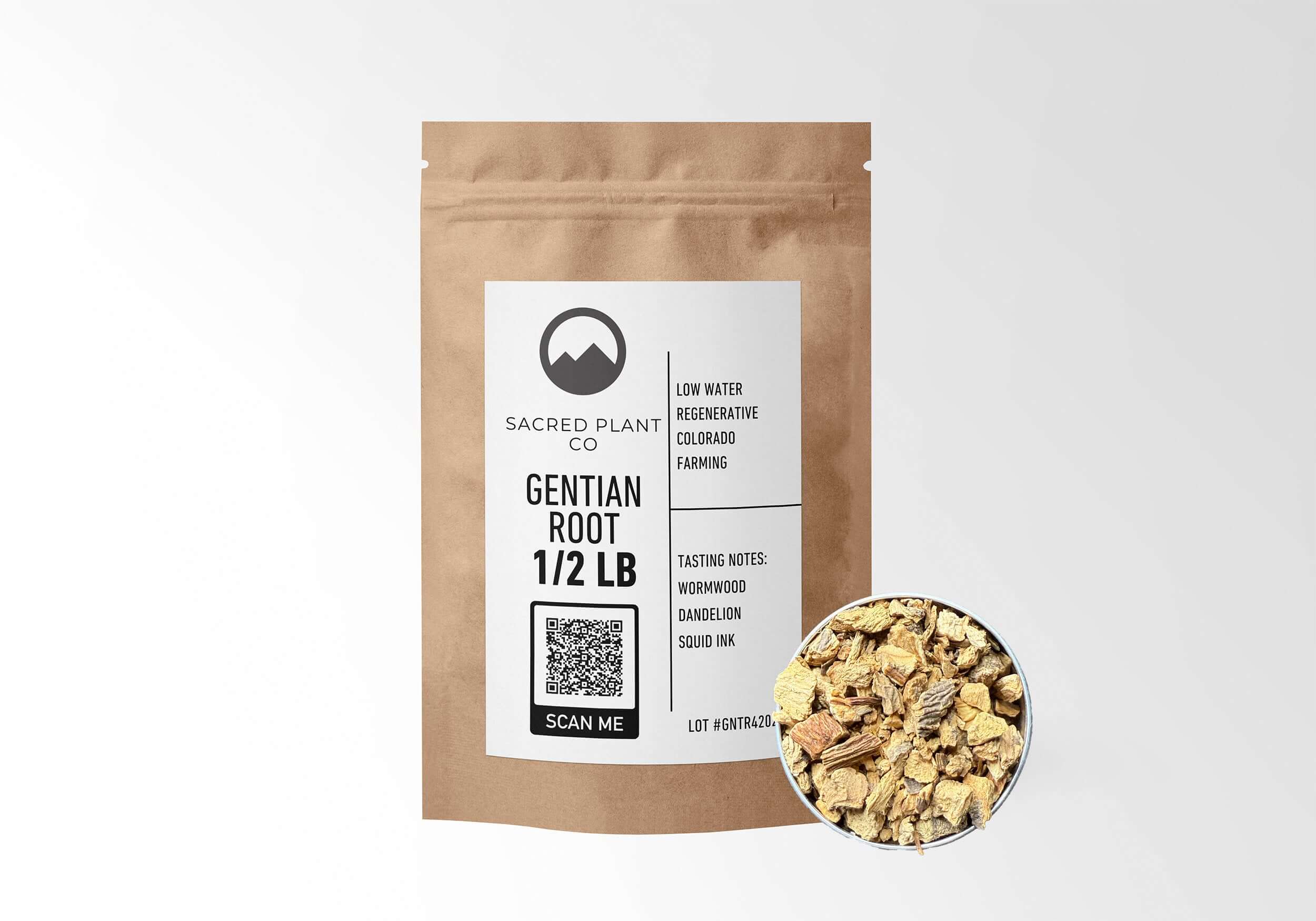Gentian Root (Gentiana lutea): History, Digestive Bitters, and a Balanced Tea You’ll Actually Enjoy
Quick takeaway: Gentian is the backbone of classic bitters and aperitifs. Below you’ll find its origin story, how its natural bitterness supports traditional pre-meal rituals, a user-friendly tea method, safety notes, and an FAQ—plus a product card placed away from the image for clean layout.
Historical Significance and Cultural Importance

Gentian (Gentiana lutea) has carried its reputation for helpful bitterness across centuries. Ancient writers linked the plant to King Gentius of Illyria; by the Middle Ages it was a fixture in monastic physic gardens. In time, gentian’s unmistakable bite became the signature note in European bitters and aperitifs—think bright, appetite-awakening blends sipped before a meal. Today, you’ll still find gentian root in craft cocktail bitters, herbal formulas, and soothing teas.
Why Bitterness Matters (and How to Use It)
- Classic digestive support: Traditional “bitter tonics” are enjoyed before or after meals to nudge digestive readiness.
- Taste with intent: Start small; gentian is potent. Blend with cooling peppermint leaf and supportive dandelion leaf for a smoother cup.
- Quality & storage: Choose clean, cut & sifted root. Store airtight, away from heat, light, and moisture.
Gentle Bitters Tea: A Simple, Balanced Method
This method keeps gentian’s helpful edge while staying pleasantly drinkable—great 10–15 minutes before a meal or after something rich.
Ingredients
- 1/2 tsp gentian root (cut & sifted)
- 1 tsp peppermint leaf
- 1 tsp dandelion leaf
- 8 oz freshly boiled water
- Honey or maple syrup to taste (optional)
- Splash of fresh lemon juice (optional)
Directions
- Combine: Add gentian, peppermint, and dandelion to a teapot or infuser.
- Pour & cover: Add freshly boiled water and cover to capture aromatics.
- Steep: 5–7 minutes. Taste at 5 minutes and stop when pleasantly bitter.
- Strain & finish: Strain into a cup; add lemon and a touch of sweetener if desired.
Educational note: This content is for educational purposes and is not medical advice. Gentian is very bitter and stimulates digestive secretions. Avoid during pregnancy, with active ulcers, or when your practitioner advises against bitters. If you take medication or manage a condition, consult your clinician first.
Gentian Root FAQ
What is gentian used for traditionally?
Gentian root has been used in European herbalism as a classic bitter for pre-meal “aperitif” tonics, after-meal digestifs, cocktail bitters, and warm herbal teas.
What does gentian taste like?
Clean, assertive bitterness with earthy, aromatic notes. Blending with peppermint and dandelion leaf keeps it balanced and refreshing.
How much gentian should I use?
Start with 1/2 teaspoon cut root per 8 oz water. Steep 5–7 minutes and adjust to your preference. Gentian is potent—less is often more.
When should I drink it—before or after meals?
For a traditional bitter, sip a small cup 10–15 minutes before a meal. It’s also pleasant after heavy meals.
Who should avoid gentian?
People who are pregnant, have active ulcers or GERD flare-ups, or are advised to avoid bitters should not use gentian. Always consult your healthcare professional if you take medications or manage a condition.
How do I store gentian to keep it potent?
Use an airtight container and keep it away from heat, light, and moisture. Proper storage preserves aroma and bite.






